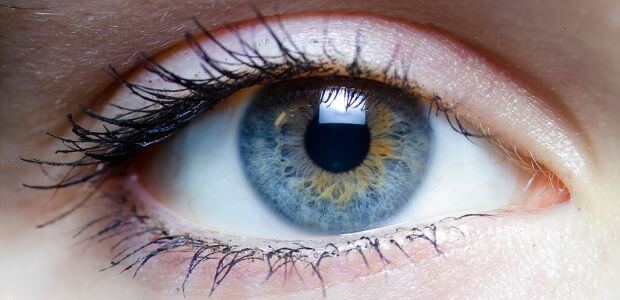A common prescription drug may help reduce cases of blindness by 75 percent in Hispanic and non-Hispanic whites
Ranibizumab, a prescription drug commonly used to treat age-related vision loss, also reverses vision loss caused by diabetes among Hispanic and non-Hispanic whites, according to a new study led by investigators from the USC Eye Institute.
Diabetic retinopathy and diabetic macular edema are the leading causes of vision loss in working-age adults in the United States, according to the National Eye Institute. Laser surgery is the standard treatment for advanced stages of the disease, characterized by blurred vision, but previous research has shown that only 30 percent of patients saw improvement in their vision.
“We found that ranibizumab can save the sight of thousands of working-age individuals suffering from diabetic eye disease, as standard treatments such as laser are not as effective,” said Rohit Varma, director of the USC Eye Institute, professor and chair of ophthalmology at the Keck School of Medicine of USC and the study’s lead author.
Varma’s team developed a population-based model suggesting that administering 0.3 milligrams of ranibizumab every four weeks to patients with diabetic macular edema would reduce the number of cases of vision impairment by 45 percent, or 5,134 individuals, and the number of cases of legal blindness by 75 percent, or 1,275 individuals.
The model was based on the approximately 37,000 Hispanic and non-Hispanic white adults with diabetic macular edema in the United States for whom ranibizumab treatment could be used. Because other race and ethnic groups were not included in the study, authors contend that the treatment may benefit even more people than their results show.
Ranibizumab is manufactured and marketed by Genentech Inc. under the trade name Lucentis. The study, which was supported in part by Genentech Inc., appears in the Feb. 7 online edition of the peer-reviewed medical journal Ophthalmology.
If our reporting has informed or inspired you, please consider making a donation. Every contribution, no matter the size, empowers us to continue delivering accurate, engaging, and trustworthy science and medical news. Independent journalism requires time, effort, and resources—your support ensures we can keep uncovering the stories that matter most to you.
Join us in making knowledge accessible and impactful. Thank you for standing with us!

